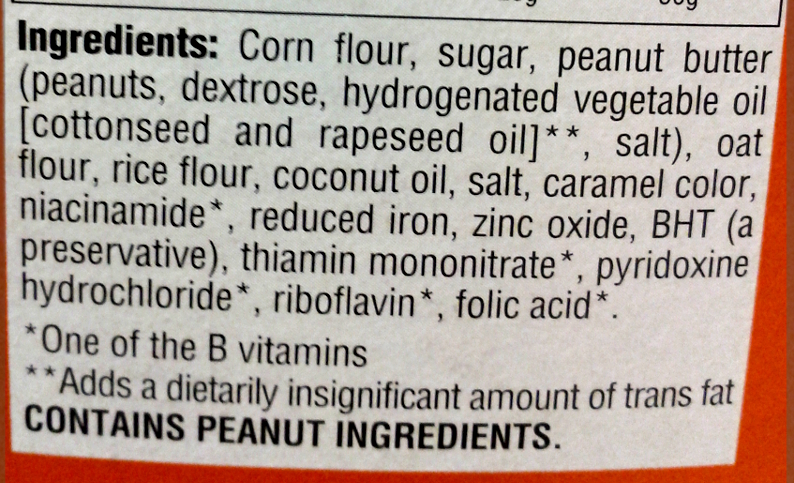Let's learn, share & inspire each other. Sign up now 🤘🏼

 ARTICLE
ARTICLE
 3 min read
3 min read
How to Read a Food Label?
Food labels can be complicated and are ignored by most of us. But our daily nutrient uptake depends mostly on the details present on the labels of products we consume. Even if you try to understand the percentages and measurements, it is hard to understand the complete label. You'll usually end up clueless and not knowing what you're putting in your body. So, the Food and Drug Administration (FDA) has made it easy for us to understand and know these measurements. FDA is an American service department which makes sure the customer has right and enough information about the food they are consuming. All packaged food, from lollipops to frozen chicken, everything has it's manufacturers printed on it. FDA requires these manufacturers to include nutritional information about their products. The list or label should also contain ingredients and preservatives.
SERVING SIZE: You often see how some products print the number of serves per packet. This determines the quantity and how much an individual should consume in one sitting.
CALORIES: The most important of all, calories. This describes the amount of energy it provides. However, the amount of calorie intake depends on the age, gender, size and ability of an individual. It requires more hard work to burn calorie obtained from sugar than that obtained from proteins. So be aware from the source of calorie.
NUTRIENTS: Here it gets very complicated. The FDA makes the manufacturers list all the essential vitamins and minerals present in the product. The list includes total fat, trans fat, saturated fat, cholesterol, sodium, sugars, fibers, carbohydrates, Vitamins (A and C), protein, calcium and iron.
PERCENT DAILY VALUE: Next to each nutrient are present a series of numbers which are converted into percentages and grams. This helps you know how much of each nutrient is being taken up by you after consuming the food.
AMOUNT OF EACH NUTRIENT TO BE CONSUMED WHICH IS TERMED AS "HEALTHY" BY FDA:
Trans fat: 65 grams
Saturated fat: 20 grams (cut out all the trans fat out of this if possible)
Carbohydrates: 300 grams
Fiber: 20-25 grams
Proteins: 50 grams per 2000 calorie diet
Sodium: 2645-4945 milligrams (consult doctor)
INGREDIENTS LIST: The only list that everyone is interested in and isn't hard to understand. It is printed in descending order by weight that is the first ingredient takes up the greatest proportion and last takes up the least. It is also mandatory to mention natural and artificial sweeteners, flavors and preservatives. Presence of milk, special nuts, fruits, animal products in the food is to be printed in bold. Last but not the least is the packaging and manufacturing date. Any product that misses out any of this information should not be purchased. Happy and healthy eating!
Groups


 Comment
Comment










